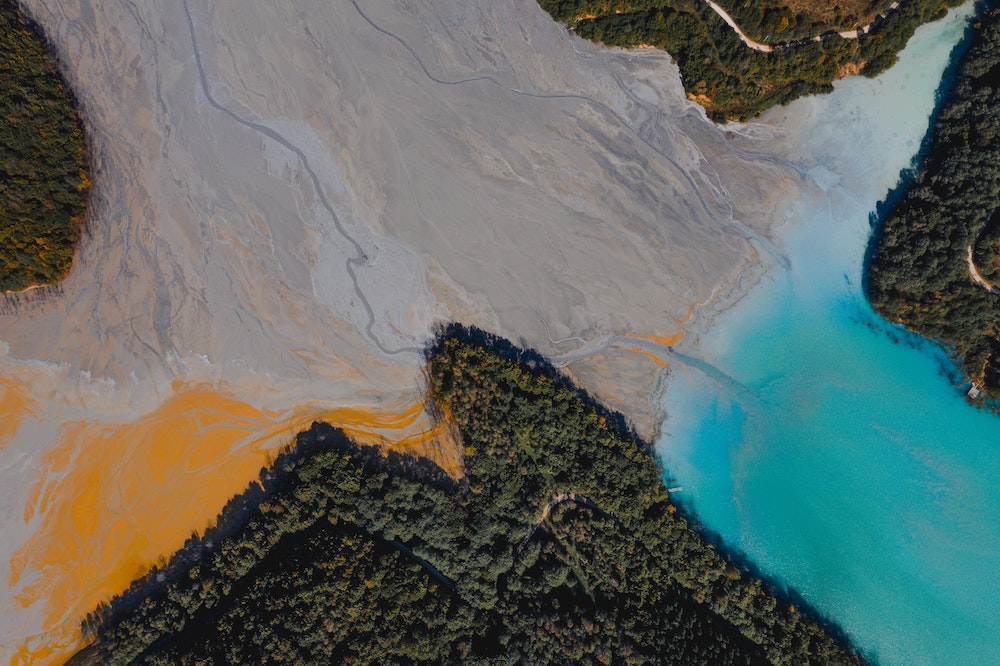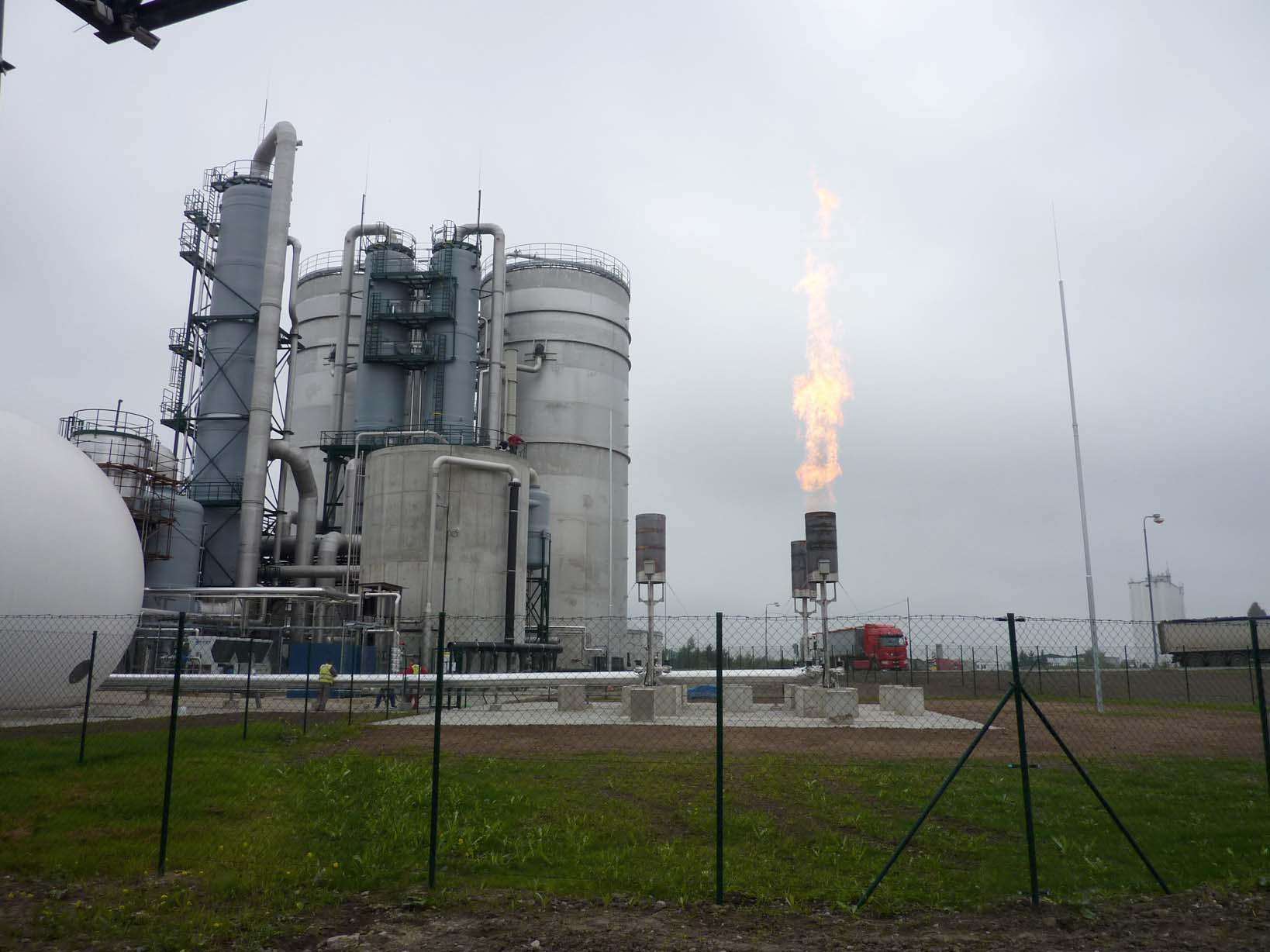Blog
4 steps of wastewater treatment in candy production
Candy, chocolate and other confectionery: you might not even imagine how something so delicious could do so much harm to the environment. But what if I tell you that we received wastewater material for processing from a candy factory with pH-values almost as low as acids?

Our test results can show if wastewater poses a threat to drinking water sources and clarify the process of wastewater treatment in the confectionery production.
So, is candy production really harmless to the environment?
Low pH-values
As we started to analyse the water delivered directly from the production plant, the room was filled with the smell of menthol, eucalypt, and caramel.
This striking scent made us feel that we moved from wastewater treatment business to a candy shop. However, as soon as we put the pH meter in the water, we suddenly realized that it was all sugar-coated.
The pH-values dropped to 3 to 4. Normal drinking water has a range of pH-values from 6 to 8.
After further analysis and examination of the water composition in the lab, we found out that the wastewater is not only very acidic, but also heavily polluted. What does it mean?
Wastewater contaminated by organic materials
Chemical oxygen demand (COD) is a common indicative measure of the extent of contamination, quantifying the amount of organics in the water.
Two streams of contaminated wastewater, each of them originating from a different part of the candy production, had COD concentration of approx. 20,000mg/L and 80,000mg/L.

For comparison, COD values for drinking water are expressed in milligrams per liter (mg/L), values for river waters can climb up to tens of mg/L, and sewer and sewage waters reach hundreds of mg/L.
Therefore, we were not surprised by even higher values found in the industrial wastewater.
Our job was to find the answers to the following questions: Is the contaminated wastewater treatment even possible? If yes, then how? Can the water be discharged into nature or at least safely into the sewers?
If such material was discharged into rivers without any treatment, there is no doubt there would be no more fish, crawfish, or snails in kilometers of the river flow.
4 steps of candy production wastewater treatment
These adverse effects make sewage and industrial water treatment a must. Our solution was based on four steps. In the course of the treatment, ironically, nature did the most of the job.
1. Mechanical pre-treatment
The first proposed stage necessary to continue with the process is the mechanical pre-treatment to remove large sediments and/or large pieces (e.g. fat) floating on the water level. This step allows the thousands of bacteria to do their part.
2. Anaerobic bacteria = 94% of pollution removed
It is the bacteria which naturally decompose organics in both river water and wastewater. In our case, they were used in the biochemical reactor.
And it was a success, however, we struggled with adjusting the optimal living conditions for the bacteria so they could do their job. And the job was easy: “eat” and use the organic material as a source of energy and transform it to something less dangerous.

Two types of bacteria were used in the process - the anaerobic and aerobic. Oxygen-free environment with a temperature of about 37C is suitable for the anaerobic bacteria. The aerobic ones will be discussed later.
They can live in so-called granules, with one granule consisting of hundreds of thousands of bacteria. It is sort of a “city of bacteria” where they can very effectively remove pollution from wastewater. You can say the more starving organisms the higher their consumption.
It is this high concentration of organisms which allows the treatment even of waters with high concentrations produced in candy factories. COD values of 80,000mg/L and 20,000mg/L dropped to 1,500mg/L on the outflow of the reactor which represents a 94% effectiveness of the treatment.
The authorities might give you a green light to discharge the water into public sewers. Nevertheless, the third treatment stage, where aerobic bacteria are used, follows in most existing plants.
One more comment as to the anaerobic treatment. Great advantage of anaerobic bacteria is that they produce a gas mixture called biogas. With such design, the biogas would be actually used as a source of energy to produce heat or electricity.
The quantity of biogas is usually sufficient to cover the energy demand of the entire WWTP. There is often a surplus of energy which can be further used in production.

3. Anaerobic bacteria = 98% of pollution removed
These bacteria inevitably need intensive oxygen supply and live in a wider temperature range of about 15C. The organic pollution is primarily used to generate carbon dioxide and create new bacteria cells.
To create ideal growth and life conditions for small microorganisms at this stage went without any major problems. The bacteria reduced the pollution to COD of 500mg/L.
Sewage waters have similar values as discussed above. One could expect that the authorities shouldn’t oppose the water to be discharged into public sewers.
4. Coagulation = 99 % of pollution removed
Our project went even further and employed the coagulation process which is quite easy: add a small amount of coagulant into the water and it clumps the small particles so that they could be easily separated from the water as they build sediments or flow through the filter.
The result - a water with appearance, odor, composition, and all other properties resembling river water. The COD indicator reached approximately 100mg/L.
Our project was completed with the findings that this is the maximum achievable treatment efficiency with regard to the return of investment.
If you must discharge the wastewater into rivers, the last tens of milligrams of COD need to be removed. It goes without saying that it is also possible. Advanced methods, such as ozone application or the Fenton reaction, would deal with the last drop. As usual, it is the installation and operational costs which scare most of the people.
Our findings after a few months of research
As complicated as the treatment of wastewater from the production of such delicious products seemed at the beginning, the solution was found after several months of work. We, the engineers, came to a conclusion that this assignment was difficult, but it was at least a 99% success, i.e. the percentage of pollution removed from the wastewater.
Let's hope this project will be actually implemented in the future to come. After all, the number of eco-responsible, sustainability-oriented companies is on the rise. And such a precious material as water is certainly a part of it.

By: Ing. Matúš Palguta, Chemical Tech
More articles
Meeting of all HYDROTECH directors
After a long time, a meeting of all the directors of the HYDROTECH Group was held. Meeting took place at Hotel Zochova Chata in Slovakia. At the...
